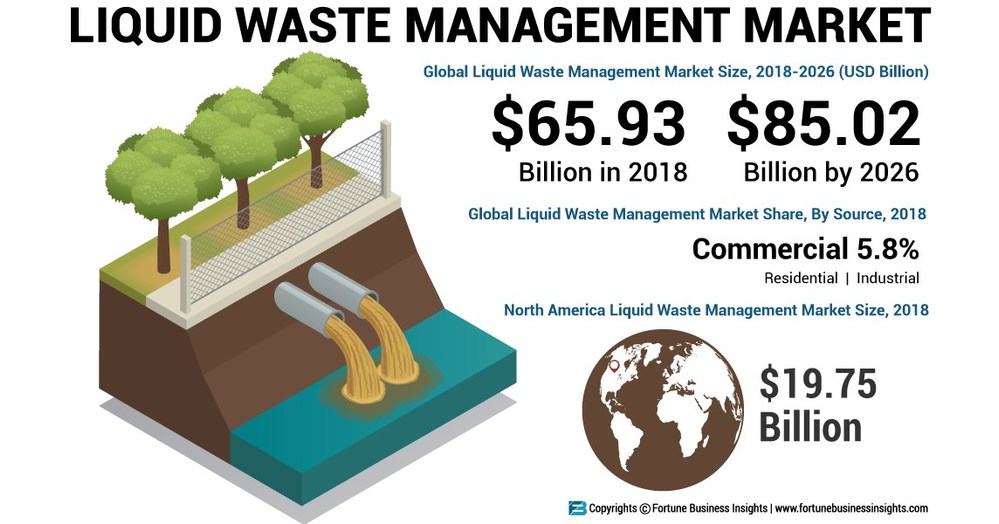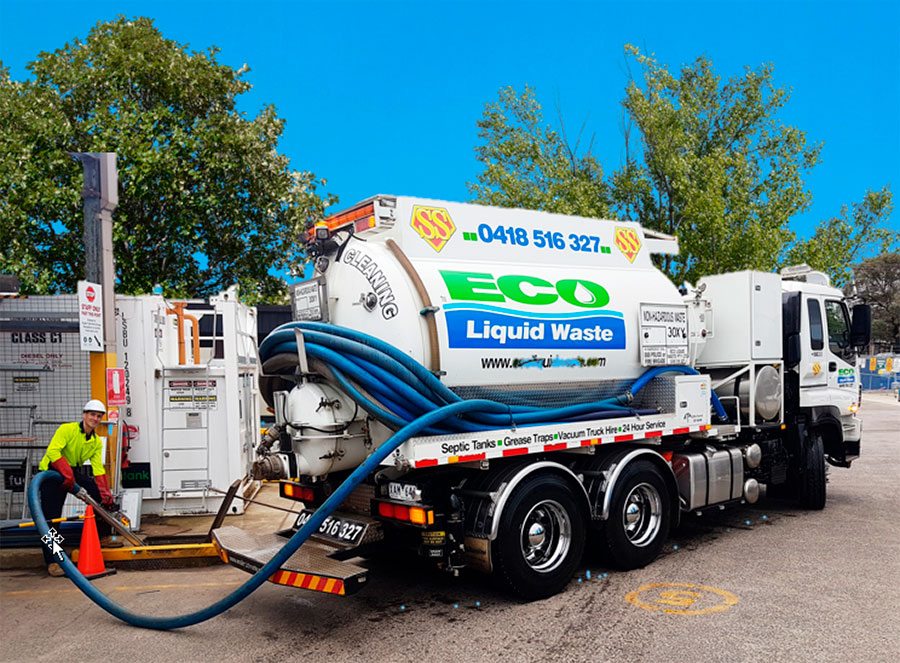Rumored Buzz on Reclaim Waste
Rumored Buzz on Reclaim Waste
Blog Article
Excitement About Reclaim Waste
Table of ContentsThe Of Reclaim Waste5 Simple Techniques For Reclaim Waste9 Simple Techniques For Reclaim WasteWhat Does Reclaim Waste Do?Everything about Reclaim Waste
Check out the kinds, incidents, and forms of fluid waste. Residential sewage waste refers to the waste and products from a household septic container. This type of waste is produced by people in homes, schools, and various other buildings. This only consists of septic systems that have a drainpipe field. The appropriate monitoring and disposal of residential sewer waste call for fluid waste to be transferred to a sewer treatment plant where the proper approaches and equipment are applied to detoxify and deal with waste.
Industrial waste frequently consists of possible hazards, such as combustible products or a combination of liquid and strong waste products, and requires an advanced and in-depth disposal procedure. The disposal of industrial waste typically includes the filtering of waste before transport to guarantee safe and appropriate disposal. Hazardous waste is produced from by-products and overflow of commercial procedures and manufacturing.
This type of waste can not use the exact same sewer monitoring transport or procedures as septic or industrial fluids. The hazardous waste management procedure calls for the evaluation and testing of fluid waste prior to it goes through the disposal procedure (liquid waste removal). Overflow waste is the fluid waste that comes from overflow and excess stormwater in very populated areas or cities
Drainage waste can cause contamination and flooding if not handled effectively. Making certain appropriate waste administration can avoid catastrophes and reduce environmental injury.
Reclaim Waste Fundamentals Explained
Contact PROS Solutions today to learn regarding our waste administration and disposal solutions and the appropriate ways to look after the fluid waste you generate.
(https://myspace.com/reclaimwaste1)Do you understand what takes place to your water when you disengage, purge the bathroom or drain the washing maker? No? Well, it deserves knowing. This so-called 'wastewater' is not just an important source yet, after treatment, will be launched to our land, waterways or the sea. Used water from commodes, showers, baths, kitchen sinks, washings and commercial processes is referred to as wastewater.

water made use of to cool down equipment or clean plant and tools). Stormwater, a form of wastewater, is runoff that flows from agricultural and city areas such as roofs, parks, yards, roadways, paths and rain gutters into stormwater drains pipes, after rain. Stormwater moves without treatment directly to neighborhood creeks or rivers, at some point reaching the ocean.
Reclaim Waste Fundamentals Explained
In Queensland, most wastewater is treated at sewage treatment plants. Wastewater is moved from residential or commercial websites via a system of sewage systems and pump stations, understood as sewage reticulation, to a sewer treatment plant. Regional governments develop, preserve and operate most sewage treatment plants. Operators are certified under the Environmental Security Act 1994 to discharge cured wastewater at an appropriate ecological criterion right into rivers.
The Division of Natural Resources suggests city governments concerning managing, operating and preserving sewage systems and treatment plants. In unsewered locations, city governments may need householders to install individual or house sewer treatment systems to treat residential wastewater from bathrooms, cooking areas, washrooms and washings. The Department of Natural Resources authorizes using house systems when they are verified to be effective.
In some new communities, treatment of some stormwater to remove litter, sand and crushed rock has started making use of gross contaminant traps. Wastewater treatment occurs in four stages: Gets rid of solid issue.
Uses little living organisms understands as micro-organisms to damage down and eliminate continuing to be dissolved wastes and great bits. Micro-organisms and wastes are included in the sludge.
The Greatest Guide To Reclaim Waste
Nutrient elimination is not available at all sewage treatment plants because it requires pricey specialist equipment. It is becoming extra typical in Queensland. Clear fluid effluent created after therapy might still contain disease-causing micro-organisms. If this effluent is released right into waterways such as rivers or the sea, the micro-organisms will at some point die out.

Most wastewater moves into the sewage system. Under the Act, regional governments provide approvals and permits for environmentally pertinent activities (Ages) involving wastewater launches that could have a regional impact.
The Buzz on Reclaim Waste
Otherwise, examples are considered laboratory evaluation. Frequently several examinations are needed to establish the degrees of each of the various toxins such as oils, heavy steels and chemicals in water. Tracking supplies factual info concerning water quality and can verify that licence conditions are being satisfied. The information acquired via monitoring supplies the basis for making water top quality choices.
Report this page